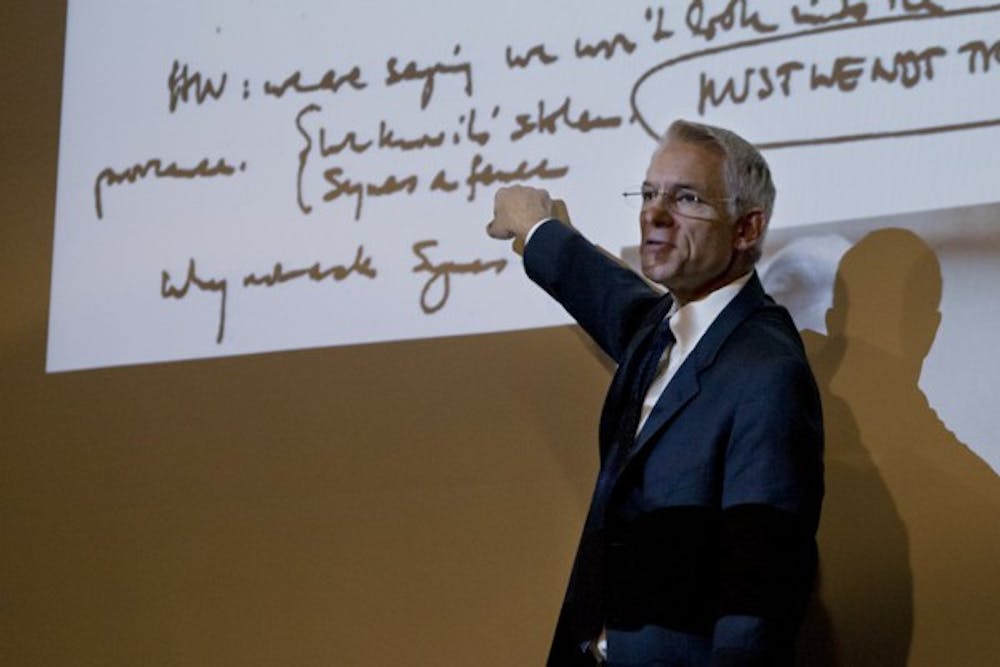Pulitzer Prize finalist discusses stolen artwork, antiquities

A scandal of epic proportions compared to steroids in baseball was recounted Thursday night.
Ralph Frammolino, a former investigative reporter for the Los Angeles Times, 2006 Pulitzer Prize finalist and current media consultant, spoke to an audience of more than 120 at the Bovee University Center Auditorium about several infamous art thefts. The national attention he received in 2006 came from a series of reports on the J. Paul Getty Museum he and co-writer Jason Felch wrote about.
Frammolino said J. Paul Getty was a collector of world art. When he died, Getty gave more than $700 million to the museum. “Overnight, it became the world’s richest art institution,” he said.
The Getty became known for the at least 47 looted objects, including an Italian sculpture of Aphrodite. Frammolino said the attention the Getty received for its looted art was sparked by his coverage in the L.A. Times.
Frammolinos’ book “Chasing Aphrodite: The Hunt for Looted Antiquities at the World’s Richest Museum,” is about looted antiquities displayed in museums.
Frammolino said it’s estimated that more than $1 billion of returns have beenmade from art institutions from around the world since the scandal, including institutions like the New York Metropolitan Museum of Art, which has returned more than 21 objects.
Anne Gochenour, gallery director at the University Art Gallery and organizer of the event, said she had just finished Frammolino’s book.
“The book is a really good read,” Gochenour said. “It’s quite engaging and the re-patronization of cultural objects is very important.”
Mary Redford, a Grand Rapids junior, said she had not heard of Frammolino before the event but attended because she has an interest in art history.
“I’m an art history minor,” Redford said. “Seeing something that old ... it’s unreal.



